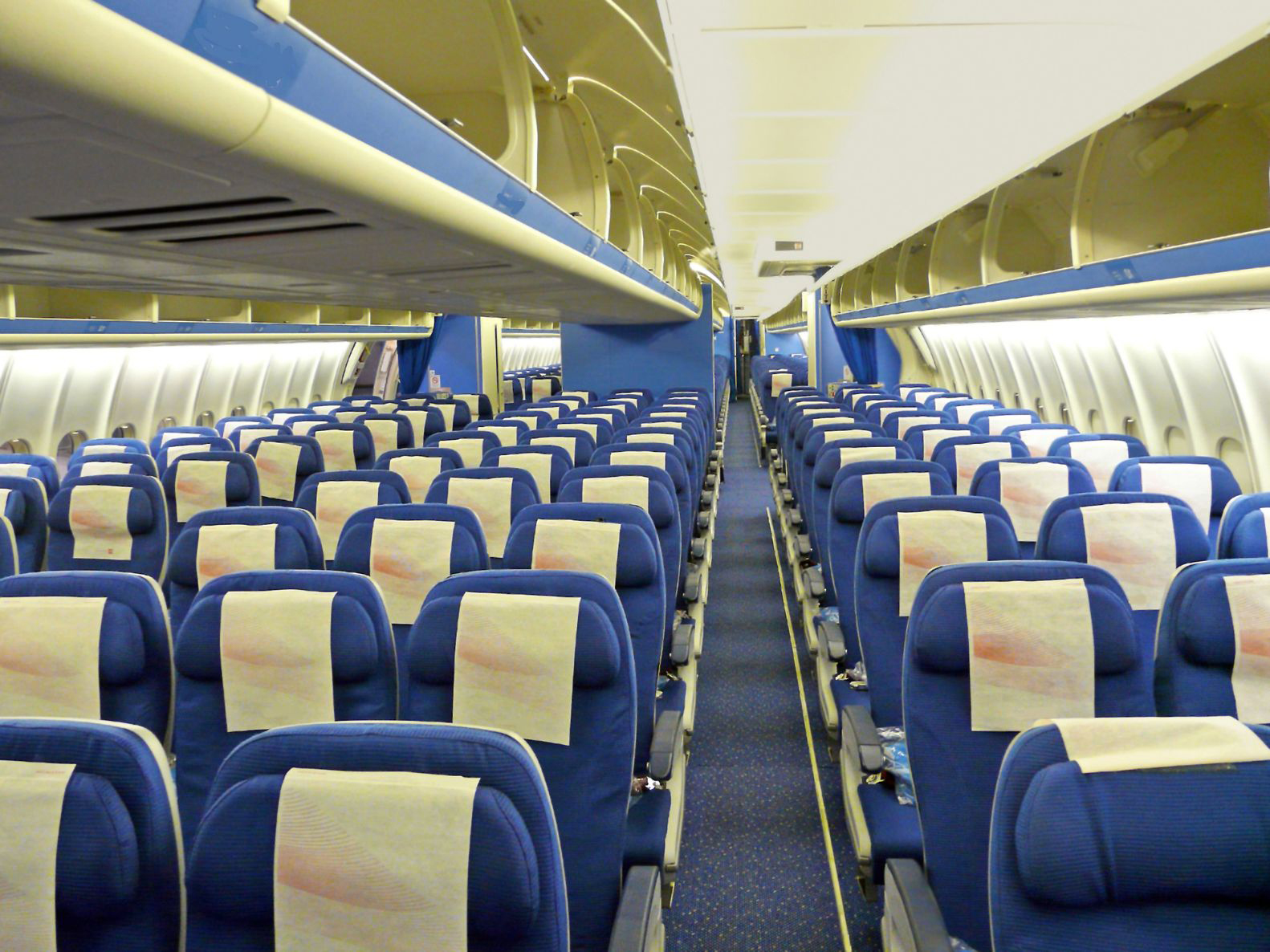I’ve never been a fan of flying. From the cost of changing flights, to the screaming toddler behind me, to the “completely full” overhead compartments, I’m a grumpy traveler. Many travelers complain about size of the seats. Indeed, over the past few decades seats have gotten smaller as airlines look to squeeze out revenue from economy class. The width of seats in most planes have gone from about 18 inches in the 1970s to 16.5 inches today. In the meantime, travelers have gotten larger. The average man in 1970 weighed 173 pounds; today he weighs 193. The average woman weighed 144 pounds. Now she weighs 166. That makes for really cramped airplanes.
Some members of Congress are looking to change this situation. In February Rep. Steve Cohen (D-Tenn.) introduced the Seat Egress in Air Travel, or SEAT, Act, which would require the secretary of transportation to regulate seat size. Cohen says the bill is about more than comfort: “It’s about safety and health.”
It was ultimately shot down in the House Transportation Committee, but Cohen says he’ll reintroduce the bill. Many paint the setback as a great victory for the airlines, which understandably see mandates for larger seats as a threat to their bottom lines.We shouldn’t assume this regulation would benefit consumers. In fact, it could have unintended consequences harmful to consumers.
According to the Bureau of Transportation Statistics, some 694 million U.S. passengers boarded an aircraft in 2015, up nearly 5 percent from 2014. The equivalent of approximately 44 percent of the world’s population travels by air each year.
Demand for airline seats is high in part because the price has fallen dramatically. Adjusting for inflation, tickets are about 50 percent cheaper this year than they were in the 1970s. In 1974 a flight from New York to Los Angeles cost more than $1,400 in today’s dollars. Today the same flight can be found for as little as $278. Since 2000, ticket prices have decreased 18 percent.
Why the decline? A large reason for falling prices is deregulation. Before 1978 the federal government heavily regulated the airline industry to the benefit of large carriers. This relationship between the industry and the federal government prevented competition, leading to few routes, high prices, and customers holding the bag. Once the industry was deregulated, airlines could no longer keep out rivals and were forced to compete. Market competition resulted in more routes, more flights per day, and lower prices. Consumers benefitted greatly.
Regulating the size of seats would be a step in the wrong direction. First and foremost, mandating larger seats in airplanes would mean fewer seats per flight—there is only so much room on a plane. Basic economics teaches us that as supply falls, prices rise. This is bad news for consumers all around.
Restricting the size of seats has other implications for travelers as well. In particular, those customers with the smallest budgets are likely to be hurt most. It’s not difficult to understand why. Airlines currently offer a variety of differentiated products. Those looking for more comfort and room already have those options—for a price. Those seeking cheap flights or simply an alternative to driving long distances have coach seats available.
Mandating seat sizes would remove many coach seats from aircraft, and as noted, the remaining seats would therefore fetch a higher price. Some of the cost that used to be incurred by first-class and business-class passengers looking for comfort would be passed on to coach travelers, who may be unable to bear it.
Let’s remember that flying is voluntary. While we may not like the cramped space, those of us who fly do so because we think the benefits outweigh the costs. Dictating seat size would be equivalent to the government telling us that we’re too dumb to make our own choices.
So the next time an elected official is tempted to interfere with our air travel, he should take his idea to the nearest exit—keeping in mind it may be behind him.









